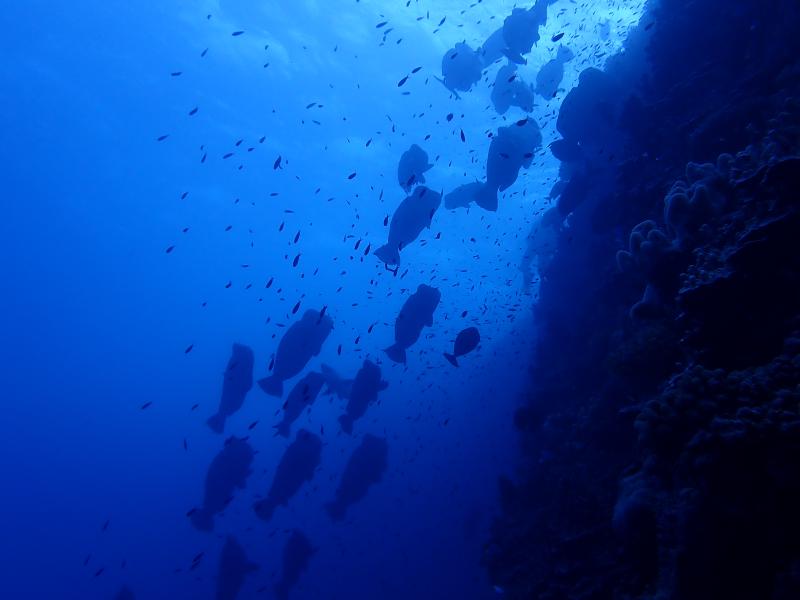My track record of posting here has been pretty poor in 2020, partly because of a bunch of content I’ve contributed elsewhere. In general, my guiding principle for posting is to only add stuff I’d want to read or cite, e.g., because I haven’t seen it discussed elsewhere. Well, no one has compiled a meta-post of my public work from 2020 (that I know of), so it’s finally time to publish it myself.
Remote work. I’ve been working remotely with Automattic since 2017, so I was pretty covid-ready as far as work was concerned. The main thing that’s changed for me is being unable to meet my colleagues in person. Looking back at the interview I did with BuiltIn from March 2020, it’s somewhat amusing that I was hopeful that we’d get to travel in May 2020, as business trips are still on hold a year later. Outside Automattic, it was interesting to see how quickly remote work has become commonplace, to the point where my curated list of established remote companies now seems irrelevant. Also, my June webinar with Felipe Flores on running remote teams is probably dated now that many more people have hands-on experience with remote work. The world has adapted quickly, though it seems like Automattic’s globally-distributed model is still quite unusual. Instead, many companies have switched to a locally-remote model, hiring remotely within the same country or timezone region. Considering the coordination costs of globally-distributed teams and the impact of frequent long-haul flights on employee wellbeing and on our environment, it may turn out that the locally-remote model is more sustainable in the long term. Only time will tell.
Sustainability. The Australian bushfires of 2019-20 provided me with extra motivation to help nudge Automattic to do more in the fight against climate change. The initial covid-19 lockdown provided me with extra free time to make the measurement and offsetting of Automattic’s emissions from data centre power use happen. I summarised this work in a post on the company’s blog, and discussed it in an interview with PublishPress. If there’s one key reason why I haven’t posted more here, it’s that the sustainability work always seems more worthwhile. I hope to continue working in the area in 2021, so the frequency of posts here is likely to remain about the same.

While data from RLS dives helps global conservation efforts, diving also reminds me that there’s still so much left to save and conserve
Reef Life Survey (RLS). Another distributed organisation that I’m involved with, and a worthwhile cause, is the RLS foundation. I previously posted about my experiences with RLS offline data collection and visualisation of the collected data, and have since helped with quite a few RLS surveys. Despite lockdowns and border closures, 2020 was no exception: I participated in the Lord Howe biennial surveys in February (just before the initial lockdown), and was fortunate to join a survey trip from Airlie Beach to Thursday Island in October (long after lockdown lifted in the lucky state of Queensland). I also joined the 38(!) author list of Establishing the ecological basis for conservation of shallow marine life using Reef Life Survey – a Biological Conservation journal paper covering RLS’s history, methodology, outcomes, and more. Finally, I was surprised and honoured to receive the Scoresby Shepherd Award for doing the most RLS surveys in the 2019-20 financial year. It was clearly a bit of a slow year due to the pandemic, but it’s always nice to get recognised. Overall, 2020 was definitely a good year for my participation in RLS and I’m planning on contributing more in 2021, especially with help around organising and conducting surveys in Southeast Queensland.
Technical work. My main “day job” focus in 2020 was on being the tech lead for Automattic’s new experimentation platform (ExPlat). This aligns well with my long-standing interest in causal inference. Among other things, it gave me an opportunity to apply my favourite approach to Bayesian A/B testing in the wild, and get excited about other interesting causal inference work we have in the pipeline. Now that ExPlat’s foundation is mostly in place, we are planning on sharing much of our work on data.blog. My colleague Aaron just published the first post in the series, and my post on ExPlat’s architecture will be next. Subscribe to data.blog to get updates!

Public comments are closed, but I love hearing from readers. Feel free to contact me with your thoughts.